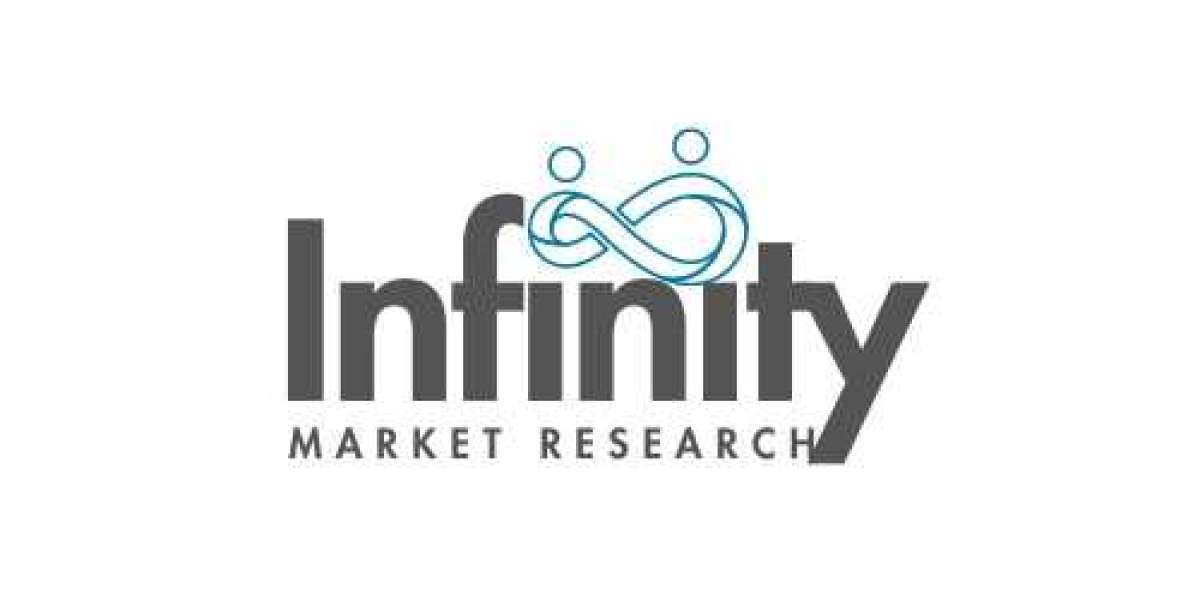ISO/IEC 20000 is the first international standard for IT Service Management (ITSM), defining best practices for designing, delivering, and improving IT services in alignment with business needs. ISO 20000 provides a framework for benchmarking service processes, driving continual improvement, and demonstrating a commitment to service excellence. This standard is closely aligned with established ITSM methodologies (like ITIL) and is increasingly adopted by organizations seeking competitive differentiation and stronger customer confidence in their IT services.
Despite its benefits, achieving ISO 20000 certification involves significant effort. Many organizations – from large enterprises to small businesses – encounter hurdles during implementation. IT teams often need to adapt existing processes, manage new documentation requirements, and engage stakeholders across the company. The following sections outline common challenges encountered on this journey, along with practical tips and best practices to overcome them.
Common Challenges in ISO 20000 Implementation
- Limited Resources and Support: Implementing ISO 20000 requires dedicated time, budget, and personnel. Projects can stall if teams are stretched thin or if upper management does not allocate sufficient support. Smaller organizations, in particular, may struggle to dedicate experts for the project while continuing daily operations. Without clear management sponsorship, it can be difficult to secure the funding and commitment needed for a successful rollout.
- Resistance to Change: ISO 20000 often requires changes to established workflows, roles, and responsibilities. Employees accustomed to existing processes may resist new procedures or additional oversight. Change fatigue can set in if staff feels overwhelmed by the extra work or fear that new standards will constrain their flexibility. Cultural inertia – where “we’ve always done it this way” – is a real challenge when introducing a formal Service Management System (SMS).
- Process Maturity and Complexity Gaps: Many organizations discover that their IT service processes are informal or fragmented. ISO 20000 demands clearly defined and documented processes for service design, delivery, incident management, and more. Companies with immature ITSM practices may find it daunting to map out, integrate, and standardize all required processes. Complex service environments can make it harder to ensure all processes meet the standard.
- Documentation Overhead: A cornerstone of ISO 20000 is comprehensive documentation. Organizations must create or update service management policies, ISO 20000 procedures, work instructions, and records. This can feel like a heavy bureaucracy, especially for teams not used to writing detailed documents. Drafting these materials often competes with day-to-day work, and keeping documentation up to date over time requires ongoing effort.
- Skills and Knowledge Gaps: ISO 20000 has specific requirements that may be unfamiliar to many IT professionals. Teams often lack in-house expertise in the standard’s terminology and audit criteria. Without adequate training, project leaders may find it difficult to interpret clauses or assess compliance. Auditors or consultants may be needed, and team members may worry about preparing for certification audits. In sum, the learning curve and specialized knowledge required can slow down implementation.
Best Practices for Overcoming Implementation Challenges
- Prioritize and Plan: Develop a realistic project roadmap that breaks the ISO 20000 implementation into manageable phases. Start with a gap analysis to identify which processes need the most work. Set clear objectives for each phase and assign responsibilities. Planning ensures that resource allocation aligns with actual needs. By tackling high-impact areas first, teams can achieve early wins and build momentum for the project.
- Engage Leadership and Staff: Secure strong commitment from top management and communicate it to the organization. When executives visibly endorse the ISO 20000 effort, it signals that the project is a priority. Form a cross-functional implementation team with representatives from IT operations, support, and other service areas. Involve these stakeholders early to gather input and address concerns. Promote the benefits of ISO 20000 internally – such as clearer roles, fewer service outages, or improved client confidence – so that employees understand why changes are needed.
- Assess and Improve Processes: Conduct a thorough process assessment. Compare current ITSM processes against ISO 20000 requirements to identify gaps. This may involve process mapping sessions, interviews with process owners, and reviewing existing documentation. Use this analysis to refine processes before formalizing them. If possible, align new or revised processes with familiar frameworks. Simplify wherever you can – ISO 20000 does not require unnecessary complexity, only that processes are effective and repeatable. By focusing on practical improvements, teams can incrementally build mature service management practices.
- Streamline Documentation: Treat documentation as a support tool rather than an end goal. Use clear templates and standardized formats to make policies and procedures easy to write and read. Embed documentation tasks into normal workflows. Maintaining a document repository in one accessible place prevents data loss and makes it easier to update materials over time. Periodically review documentation to keep it current, and assign ownership for updates to avoid drift.
- Invest in Training and Expertise: Build competence through targeted training. Provide ISO 20000 awareness sessions to all IT staff so everyone understands the goals and basic concepts of the standard. For the implementation team, pursue more in-depth courses. The Importance of ISO 20000 Lead Auditor Training highlights that formal ISO 20000 lead auditor training give professionals a thorough understanding of the standard’s requirements and auditing methods. Having one or more team members who are ISO 20000 certified ensures the project benefits from expert knowledge. Trained staff can lead internal audits and coach others on compliance, greatly reducing confusion. Equipped with the right skills, the team can navigate implementation much more efficiently.
- Adopt a Culture of Continual Improvement: Treat ISO 20000 certification as a milestone, not a final destination. Encourage teams to use audit findings and performance metrics to drive ongoing enhancements. Celebrate small successes to reinforce positive outcomes. Make continual improvement part of the IT culture by holding regular service reviews and setting targets for key metrics. Over time, the SMS should evolve to better support business goals. By framing ISO 20000 as an opportunity for growth rather than a one-time checkbox, organizations keep teams motivated and avoid the cycle of compliance fatigue.
By anticipating these challenges and applying best practices from the outset, IT teams can make ISO 20000 implementation a smoother journey. The key is to balance careful planning with flexibility: tailor the standard’s requirements to fit the organization’s size and context, while maintaining a clear project structure. When done well, ISO 20000 pays dividends in more reliable services, clearer accountability, and a stronger reputation for quality – all of which are critical in today’s competitive IT landscape.



